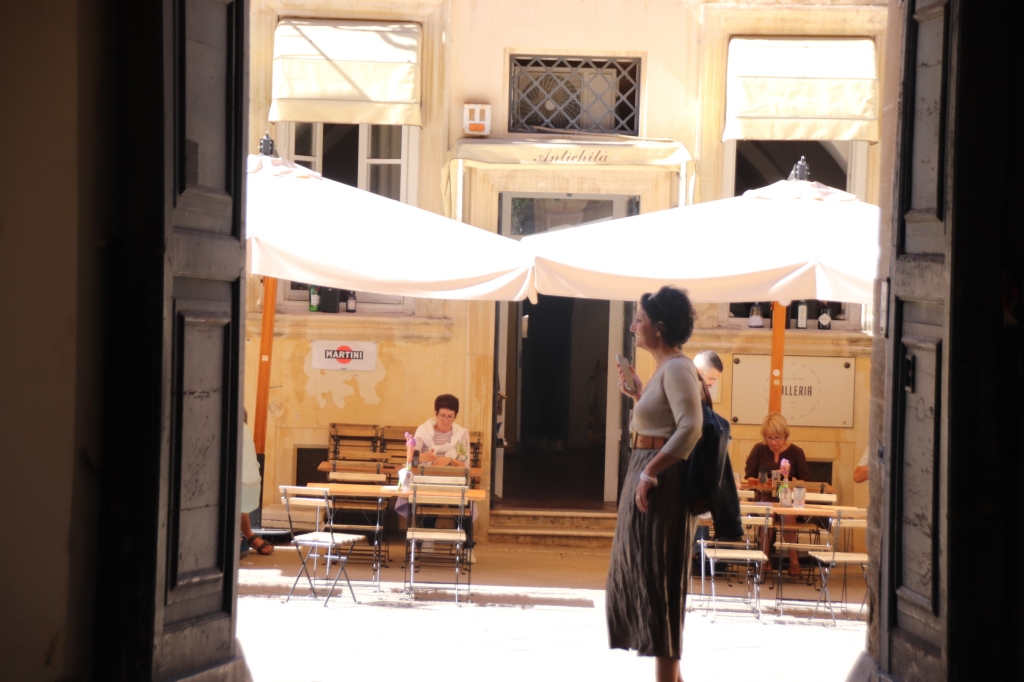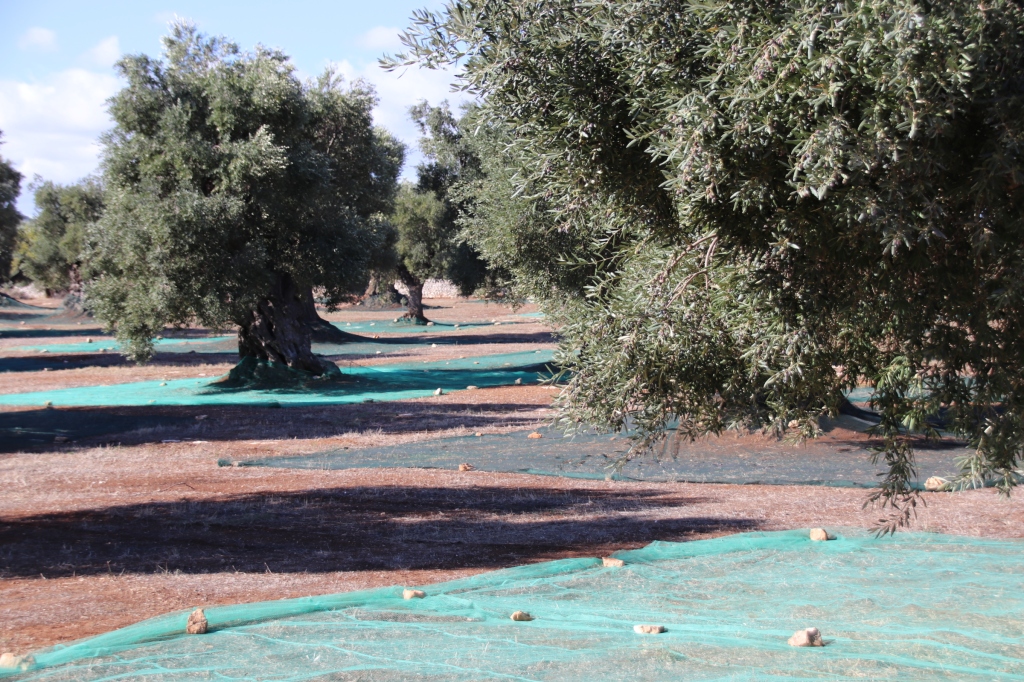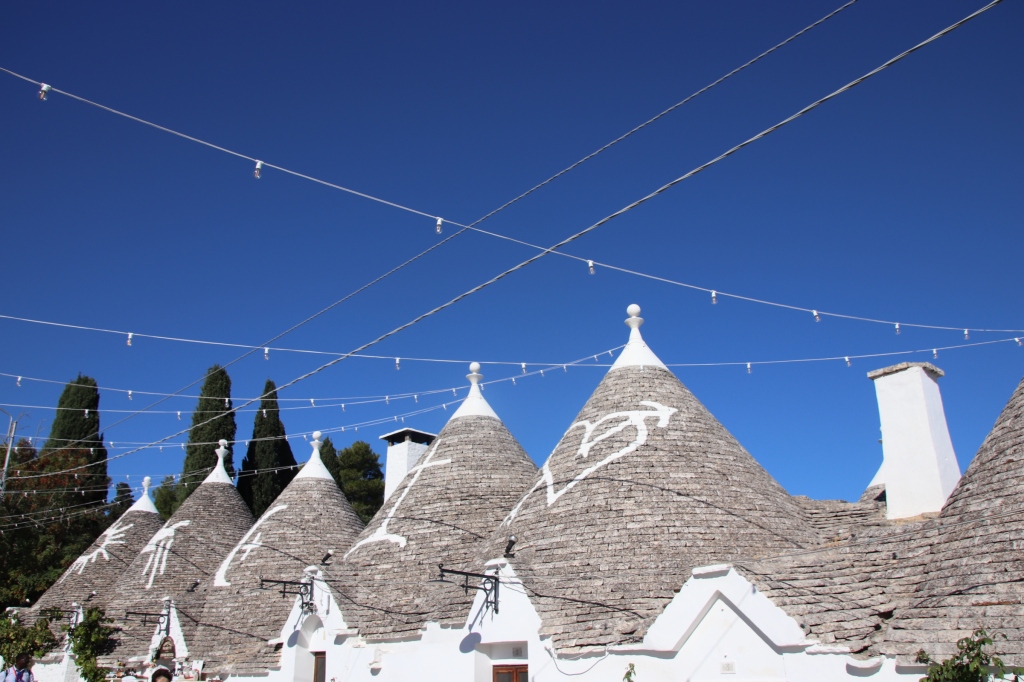
Lecce is completely different to the other towns and cities of Puglia. If churches and Baroque architecture are your thing then Lecce is absolutely top of your ‘must visit ‘ list. Established over 2,500 years ago, the city became an important Roman settlement and the theatre and the arena are well preserved today.
The main building surge occurred in the Baroque period of the early 17th century. Lecce had fallen into disrepair and wealthy land owners wanted to be part of the rejuvenation process. Not only did they set their grand, imposing homes here, they also funded the building of super impressive Houses of God. Existing churches got a makeover and new ones were built by ambitious young architects whose imaginations knew no bounds. There are too many to list and show, so I include only a few of them here.


Lecce is a masterpiece of Baroque constructions.



Built in the local soft creamy limestone it dazzles and inspires with a surprise around every corner. Its spider web of streets offer a kaleidoscopic mix of long-range vistas, glimpses of cherubs or bishops or saints or angels, the sight of carved animal heads or plants high up on a steeple or on the facade of a grand building or ornate gateway.

The old part of the city, entered by one of three arched gateways which mark the end of normality and the beginning of Byzantine flair and authority, is a core of stone crystals where wealthy landowners and bishops have tried to outdo each other in the buildings they have created.


Lecce Cathedral is one such attempt to grab all the attention that continues to this day – recently a lift was opened within the Bell Tower that whisks visitors to the top at a cost if 12 euros. The only way down is to use the same lift – no stairs!

As such the city is a magnet to large numbers of visitors and its arteries of narrow streets quickly get clogged up with flag-led groups of holidaymakers’ cholesterol.



Having taken photos one set of Baroque churches, which, I have to say, all begin to look very similar, I decide it is more fun looking at the people who make up these groups. So to end my tour of Puglia in general, and Lecce in particular here is a selection:








































































You must be logged in to post a comment.